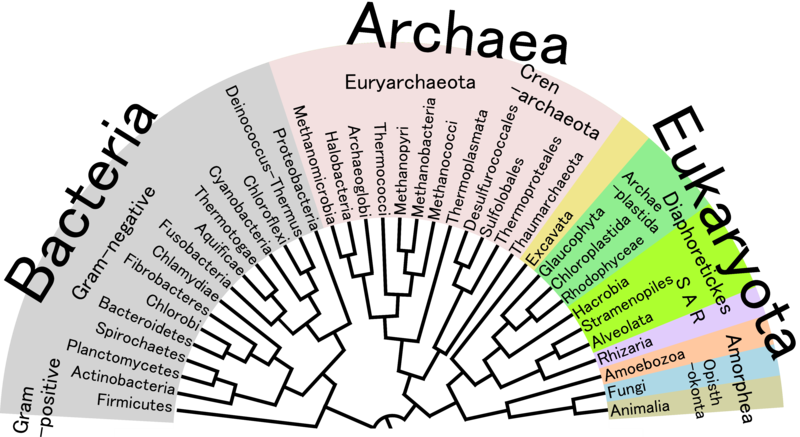-

Conformation of Protein
Protein conformation plays a crucial role in the understanding of protein function, stability, and interactions with other molecules. Scientists have employed various methods to unravel the intricate three-dimensional structures of proteins. X-ray crystallography utilizes X-ray diffraction to precisely determine the atom locations in protein crystals, while NMR spectroscopy exploits the magnetic properties of atoms in…
-

Attenuation in TRP Operon
Attenuation is a sophisticated gene regulation mechanism found in the TRP operon, responsible for tryptophan synthesis in bacteria. By utilizing the leader peptide and tryptophan as key players, attenuation allows precise control of gene expression based on tryptophan levels. The leader peptide acts as a sensor, adjusting the secondary structure to either block or allow…
-

Secondary Structures of Proteins
Protein secondary structure, including alpha helix and beta sheet, plays a vital role in protein function and stability. Explore their characteristics, discover their importance in drug design and protein engineering, and learn about their applications in biotechnology.
-

Ion Exchange Chromatography
Introduction Ion exchange chromatography (IEC) is a type of liquid chromatography that separates molecules based on their charge. It is a widely used technique in biochemistry and analytical chemistry for the purification and isolation of biomolecules such as proteins, nucleic acids, and small molecules. Principles of Ion Exchange Chromatography IEC utilizes a stationary phase, which…
-

Classification, Systematics, and Taxonomy
Introduction Classification Taxonomy Systematics Types of Classification Hierarchy of Taxa Examples Conclusion
-

Freeze Fracture Technique
The Freeze Fracture Technique is a powerful method utilized in the study of cell biology and other biological samples. By freezing and breaking a sample, its internal structure is revealed and can be examined under an electron microscope. This technique is commonly applied to investigate cell membranes, organelles, microorganisms, as well as in fields like…
-

Western blotting
Discover the powerful technique of Western blotting, used in biochemistry, molecular biology, and medical research. Explore its principle of protein separation and antibody binding for protein analysis and identification. Uncover its wide-ranging applications in disease research, biotechnology, diagnostics, quality control, and environmental monitoring. Embrace Western blotting as a crucial tool for advancing scientific understanding and…
Categories
- Anatomy (9)
- Animal Form and Functions (38)
- Animal Physiology (65)
- Biochemistry (33)
- Biophysics (25)
- Biotechnology (52)
- Botany (42)
- Plant morphology (6)
- Plant Physiology (26)
- Cell Biology (107)
- Cell Cycle (14)
- Cell Signaling (21)
- Chemistry (9)
- Developmental Biology (36)
- Fertilization (13)
- Ecology (5)
- Embryology (17)
- Endocrinology (10)
- Environmental biology (3)
- Genetics (59)
- DNA (27)
- Inheritance (13)
- Histology (3)
- Hormone (3)
- Immunology (29)
- life science (76)
- Material science (8)
- Microbiology (18)
- Virus (8)
- Microscopy (18)
- Molecular Biology (113)
- parasitology (6)
- Physics (3)
- Physiology (11)
- Plant biology (26)
- Uncategorized (7)
- Zoology (112)
- Classification (6)
- Invertebrate (7)




